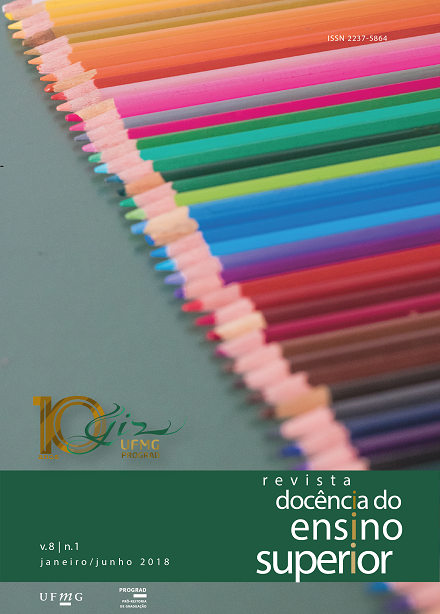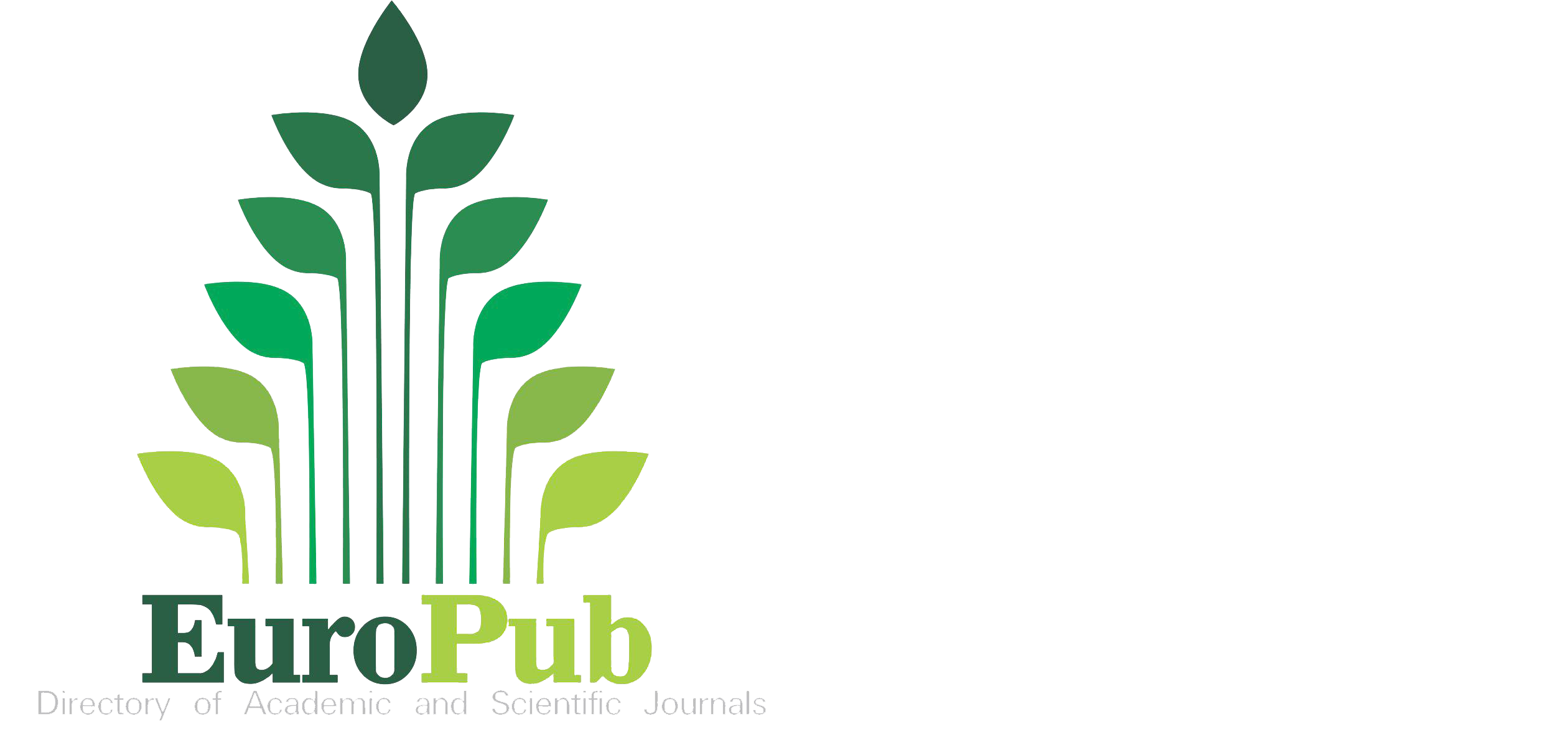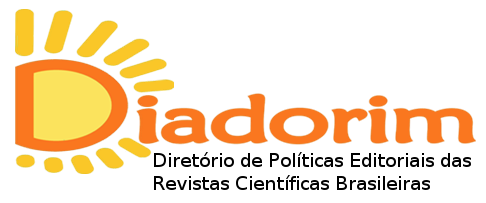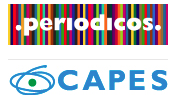The Brazilian sign language teaching in the Pedagogy course
challenges, advances and the role of the educational interpreter
DOI:
https://doi.org/10.35699/2237-5864.2018.2431Keywords:
Libras, Interpreter, Teacher, Challenges, PedagogyAbstract
All over the past decades, we saw many achievements by the implementation of Libras (Brazilian Sign Language) in educational graduation courses in 2005 and a legislation that ensures the access and permanency of deaf teachers and students inside graduation courses. The aim of this paper is to look into students’ opinions of a classroom in a Pedagogy course, about the main challenges and improvements that deaf people education has gain with the implementation of the subject “Brazilian Sign Language” in the Pedagogy course curriculum, and to understand the obstacles faced by the interpreter and by the teacher in the consolidation of their roles in the learning process. It is an exploring qualitative research that unveils, by the student’s perspective, the fragility of the legislation regarding deaf people rights. It also shows the prejudice and the resistance that education professionals have while dealing with deaf students and the lack of knowledge of future pedagogues regarding the functions played by professionals of the education field.
Downloads
Downloads
Published
How to Cite
Issue
Section
License
Authors who publish in this journal retain the copyright and grant the journal the right of first publication, with the work simultaneously licensed under the Creative Commons Attribution License which allows the sharing of work with acknowledgment of authorship and initial publication in this journal.
Authors are authorized to take additional contracts separately, for non-exclusive distribution of the version of the work published in this journal (e.g. publish in institutional repository or as a book chapter), with acknowledgment of authorship and initial publication in this journal.
Open access policy:
Revista Docência do Ensino Superior is an Open Access journal, which means that all content is available free of charge, at no cost to the user or their institution. Users may read, download, copy, distribute, print, search, or link to the full texts of the articles, or use them for any other legal purpose, without seeking prior permission from the publisher or author, provided they respect the license to use the Creative Commons used by the journal. This definition of open access is in line with the Budapest Open Access Initiative (BOAI).
























